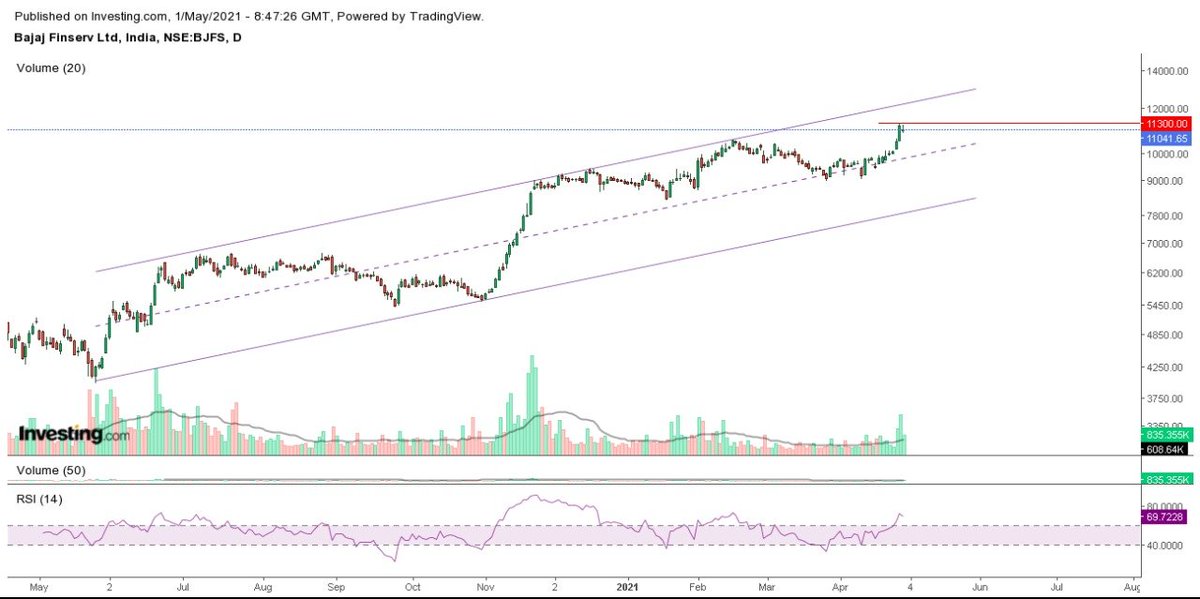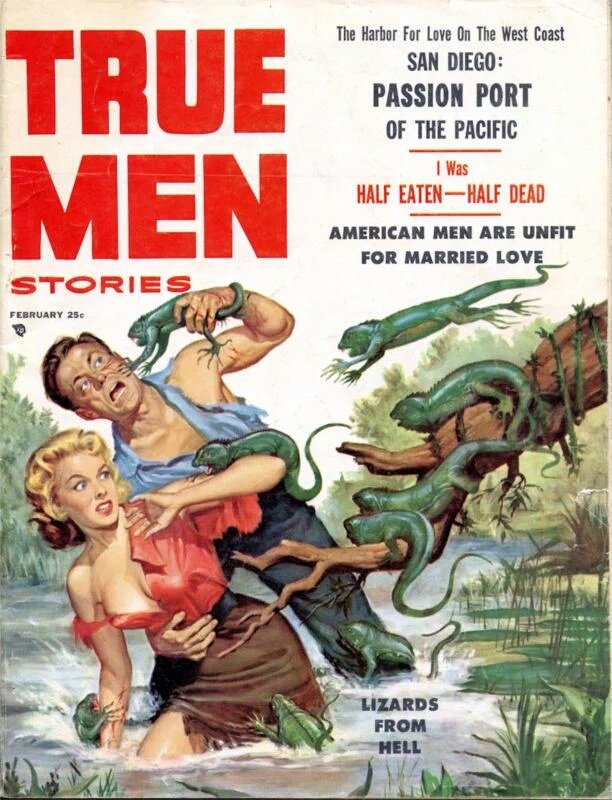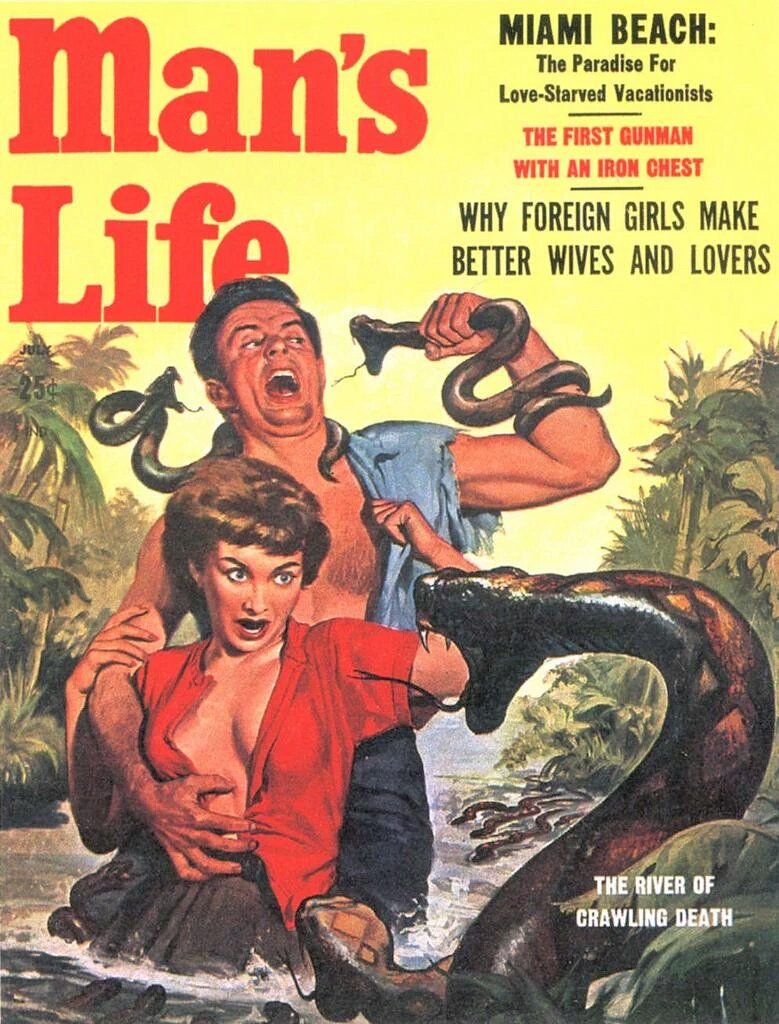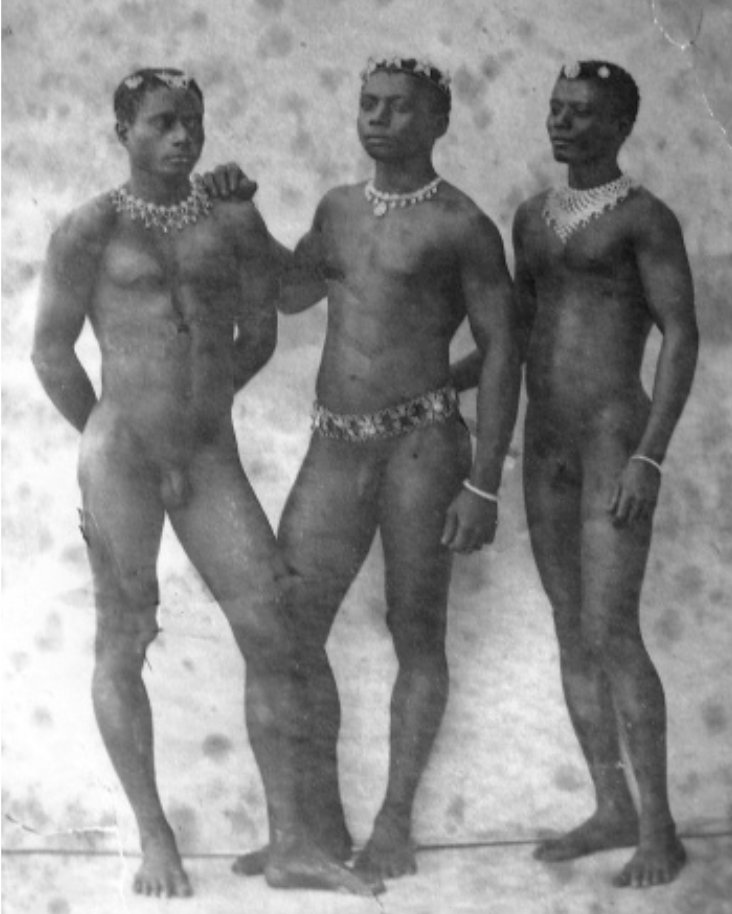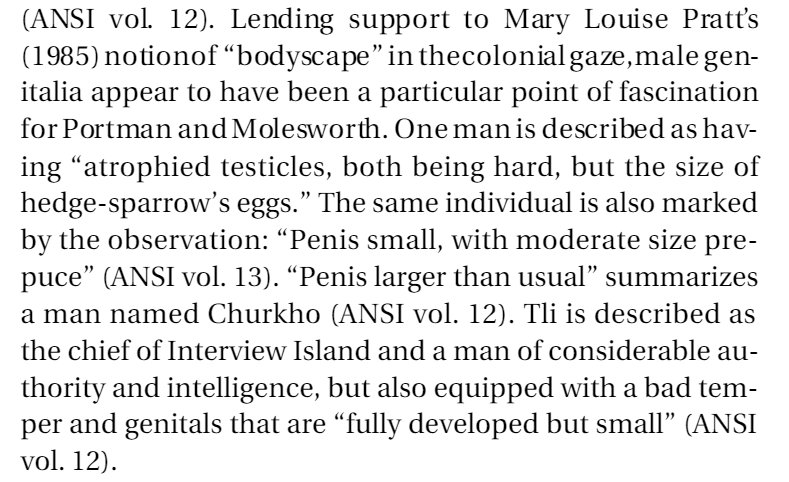For my investment portfolios as well, the last stop is 200 MA, beyond which i would exit. Last line of support.
For trading portfolios 65 MA, below that it's a risky trade where losses could extend on down side. On 23rd August, last correction, many stocks retested 65 n bouced
More from Dare2Dream
#Indiamart update - Above 7420, this one could rock - keep an eye. Narrow consolidation in price and time https://t.co/rkwehCnNY8


#Indiamart Update : The correction in the stock could be over. Stock holding good supports. Watch for upside momentum as #Unlock plays out. My SL here would be 6650 levels#Dare2Drm pic.twitter.com/JLwujVPcl0
— Dare2Dream (@Dare2Dr10109801) June 13, 2021
Will post charts of next potential movers tomorrow. Interested?
#Dare2Drm
#HindCopper Stock is coming out of a big consolidation. A move above 147, stock could be headed to 165 (next resistance). If #BseMetals index breaks out, i am expecting levels of 196 again and if that gets taken out, levels of 220. lets see - one step at a time
#Dare2Drm

#Dare2Drm
Will post charts of next potential movers tomorrow. Interested.#Dare2Drm
— Dare2Dream (@Dare2Dr10109801) July 9, 2021
#HindCopper Stock is coming out of a big consolidation. A move above 147, stock could be headed to 165 (next resistance). If #BseMetals index breaks out, i am expecting levels of 196 again and if that gets taken out, levels of 220. lets see - one step at a time
#Dare2Drm

More from Screeners
Took me 5 years to get the best Chartink scanners for Stock Market, but you’ll get it in 5 mminutes here ⏰
Do Share the above tweet 👆
These are going to be very simple yet effective pure price action based scanners, no fancy indicators nothing - hope you liked it.
https://t.co/JU0MJIbpRV
52 Week High
One of the classic scanners very you will get strong stocks to Bet on.
https://t.co/V69th0jwBr
Hourly Breakout
This scanner will give you short term bet breakouts like hourly or 2Hr breakout
Volume shocker
Volume spurt in a stock with massive X times
Do Share the above tweet 👆
These are going to be very simple yet effective pure price action based scanners, no fancy indicators nothing - hope you liked it.
https://t.co/JU0MJIbpRV
52 Week High
One of the classic scanners very you will get strong stocks to Bet on.
https://t.co/V69th0jwBr
Hourly Breakout
This scanner will give you short term bet breakouts like hourly or 2Hr breakout
Volume shocker
Volume spurt in a stock with massive X times
Opposite is happening now. IHNS, double bottom, +ve RSI divergences, etc are failing badly for permanent reversal. Level up your SAR game to stay in the game on both sides.
#bearrun
#BearMarket
#bearrun
#BearMarket
Head & Shoulders pattern, double top and bearish RSI divergences fail more often in bull market and generally gives a very good SAR trade. Vice versa is also true for bear market.#bullrun #BullMarket
— Aakash Gangwar (@akashgngwr823) February 9, 2021

